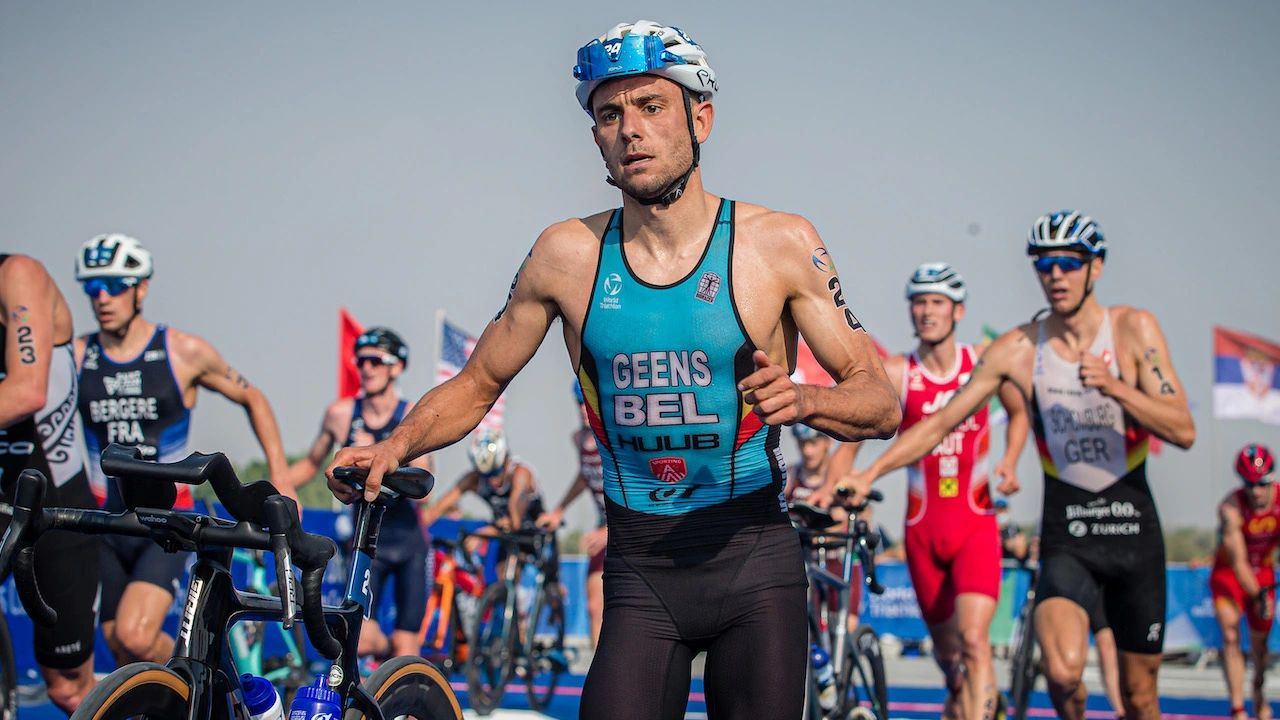
Triathlon Terms: A Handy Reference Guide for Beginners and Enthusiasts
Triathlons are a thrilling and challenging multisport event that combines swimming, cycling, and running. If you’re new to the world of triathlons or looking to expand your knowledge, this handy reference guide is here to help. In this article, we’ll cover a wide range of triathlon terms and phrases that you’re likely to encounter as you dive deeper into the sport.
To start, let’s explore the concept of age-group (AG). In amateur triathlons, races are typically divided into five-year age groups, such as 20-24, 25-29, 30-34, and so on. This allows athletes to compare their performance with others in the same age range.
Another term you’ll come across is aero helmet. When people refer to an aero helmet, they are usually talking about a helmet with a streamlined and aerodynamically optimized design. These helmets are designed to reduce drag and improve performance during the cycling leg of a triathlon.
These are just a couple of examples from our extensive glossary of triathlon terms. Whether you’re curious about trisuits, TT bikes, or warm-up techniques, our guide has got you covered.
Age-Group (AG)
In amateur triathlons, races are typically divided into five-year age groups, such as 20-24, 25-29, 30-34, and so on. This classification allows athletes to compare their performance with others in the same age range.
Aero Helmet
An aero helmet is a helmet with a streamlined and aerodynamically optimized design. These helmets are designed to reduce drag and improve performance during the cycling leg of a triathlon.
Trisuit
A trisuit is a one-piece garment that combines a swimsuit with a cycling jersey and shorts. It is designed to be worn throughout all three disciplines of a triathlon, providing comfort and convenience for athletes.
Transition Area
The transition area is the designated area where athletes transition between different legs of the race. It is where they switch from swimming to cycling (T1) and from cycling to running (T2). Athletes set up their gear, change clothes if necessary, and prepare for the next leg of the race.
Drafting
Drafting refers to the practice of closely following another cyclist or swimmer to take advantage of their slipstream, which reduces wind resistance. Drafting is not allowed in most triathlon races, except for specific events that permit it.
Brick Workout
A brick workout involves training two disciplines back-to-back without rest. The most common brick workout in triathlon is a bike-run combination. This type of training helps athletes adapt to the unique sensation of running immediately after cycling.
Open Water Swim
An open water swim refers to swimming in natural bodies of water such as lakes, rivers, or oceans, as opposed to swimming in a pool. Open water swims present unique challenges such as navigation, currents, and waves.
These are just a few examples from our comprehensive glossary of triathlon terms. Whether you’re curious about TT bikes, warm-up techniques, or race nutrition, our guide has got you covered.



